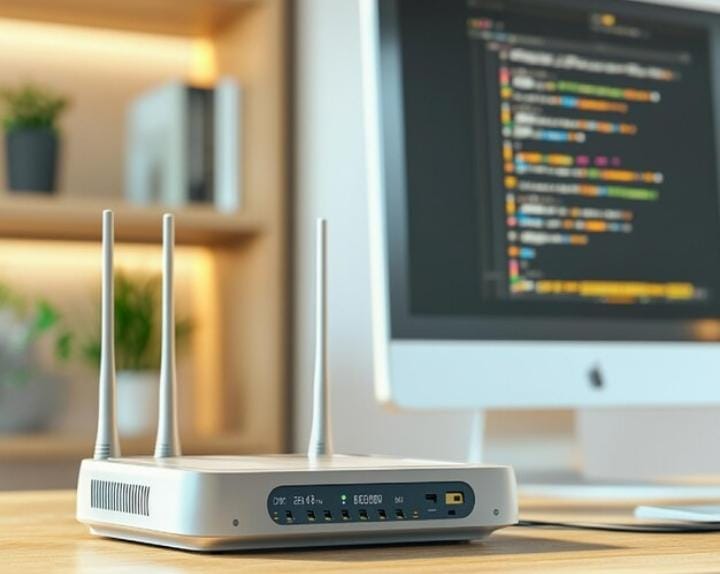The term 172.16.252.214.4300 may look unusual at first glance, but it represents a pattern often found in networking, system configurations, and port assignments. Whether you are a student of IT, a network administrator, or someone curious about how numbers like this function, knowing what such values mean can help you understand the fundamentals of private IPs, ports, and local environments. This guide breaks it down in simple yet expert-level detail.
What Does 172.16.252.214.4300 Represent?
The format of 172.16.252.214.4300 suggests a private IP address (172.16.252.214) combined with a port number (4300). Together, they often define a specific location within a network where applications or services can communicate. For instance, the “172.16” block is part of the private IP range defined for local area networks (LANs). The addition of “4300” points to a port, which acts as a doorway for data exchange.
The Role of Private IPs in Networking
Private IP addresses like 172.16.252.214.4300 cannot be accessed directly over the internet. They serve internal systems, keeping communication secure within an organization or home setup. This means such IPs are excellent for local testing, intranet systems, or connecting devices without exposing them to external threats. When paired with a port, a private IP allows precise control over which service or application is being accessed.
Why Port Numbers Matter
The “4300” in 172.16.252.214.4300 is crucial. Ports separate different services running on the same machine. Without ports, all data would funnel through one channel, causing confusion and failure in communication. For example, web servers often use port 80 or 443, while custom applications may assign numbers like 4300. In practical terms, if you connect to 172.16.252.214 with port 4300, you’re directing traffic to a very specific application or service.
Common Uses of 172.16.252.214.4300
-
Application Testing: Developers may assign 172.16.252.214.4300 as a testing endpoint for new software.
-
Database Connections: Certain databases can be set to listen on port 4300 within a private range.
-
Internal Services: Organizations sometimes configure private services, like dashboards or tools, accessible only through 172.16.252.214.4300.
-
Training Environments: For labs and practice setups, students often use combinations like this to simulate real-world scenarios.
Benefits of Using Private IP and Port Combinations
Working with 172.16.252.214.4300 brings several advantages:
-
Security: It limits exposure to outside threats since it is confined to a private network.
-
Flexibility: Administrators can configure different services using unique ports on the same machine.
-
Organization: Assigning ports like 4300 makes system management more structured.
-
Experimentation: Developers and students can experiment without risking external systems.
Challenges and Considerations
While 172.16.252.214.4300 is useful, it comes with responsibilities. Misconfiguration can lead to conflicts if multiple applications try to use the same port. Additionally, understanding firewall rules is vital—an open port like 4300 must be properly managed to avoid vulnerabilities within the internal network. Documentation also plays a role; without proper notes, teams may forget which service is tied to which port.
Best Practices for Managing 172.16.252.214.4300
-
Assign Purpose Clearly: Label what service runs on 172.16.252.214.4300.
-
Secure Access: Apply authentication even within private ranges.
-
Monitor Traffic: Keep logs of activity to ensure the port is not misused.
-
Document Everything: Record all configurations tied to 172.16.252.214.4300 for easy troubleshooting.
Real-World Scenarios
Imagine a company running an internal HR tool. They might place it on 172.16.252.214.4300 so employees can connect securely without internet exposure. Or a developer could run a local application on that address and port for testing before deployment. These cases show how flexible and practical such configurations can be.
Conclusion
The combination of a private IP and port, as in 172.16.252.214.4300, is far more than just numbers. It is a structured way to manage communication between devices, services, and users within a safe environment. From security benefits to organizational clarity, knowing how such values function allows you to navigate networking and system administration more effectively. When handled with care, 172.16.252.214.4300 becomes a reliable tool for learning, testing, and managing internal digital systems.
